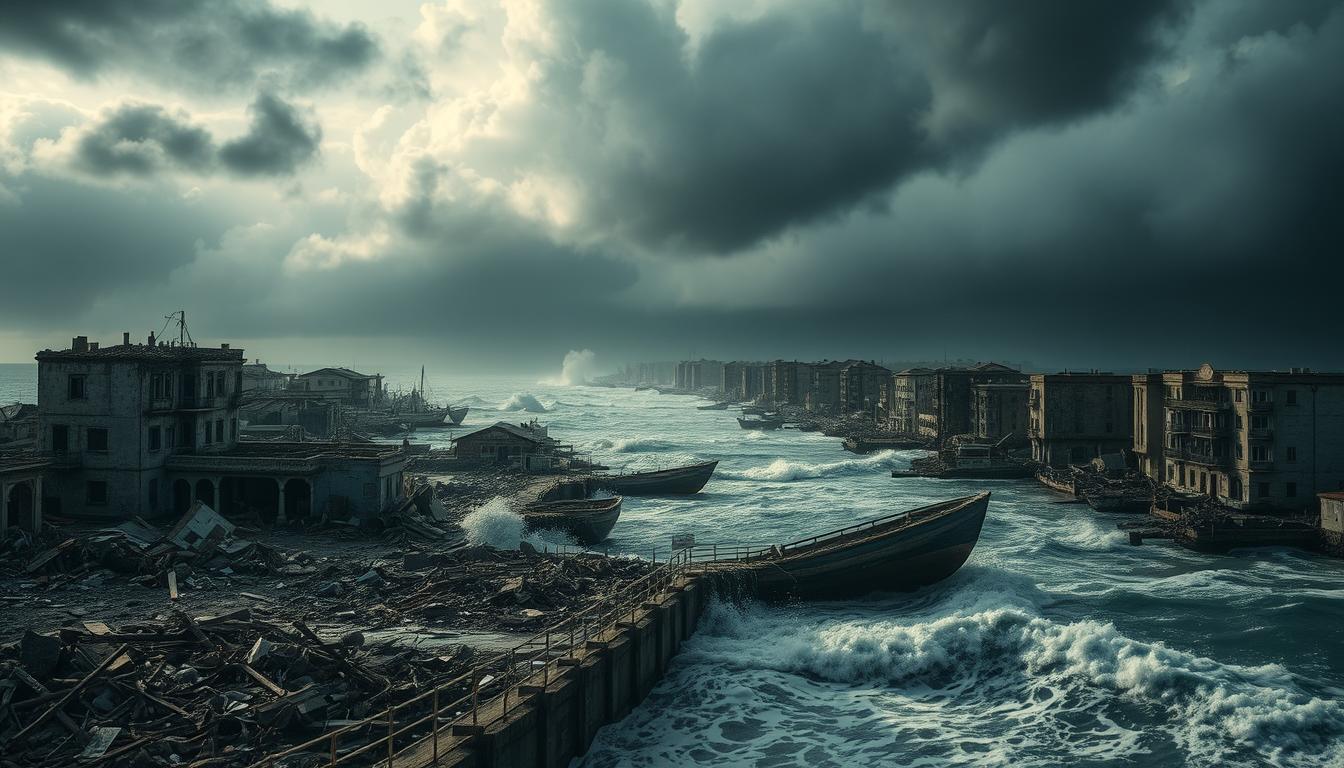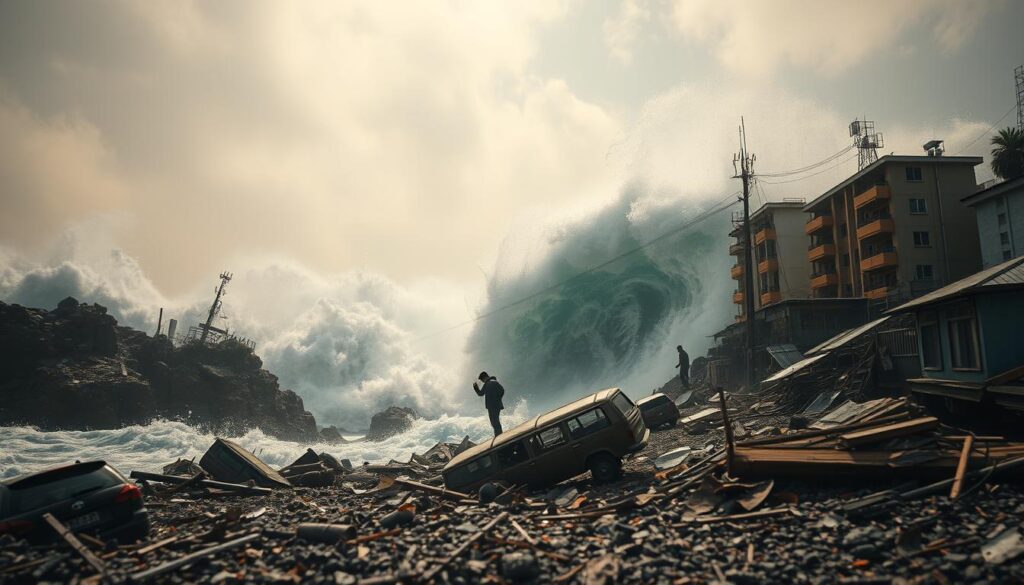
A powerful tsunami has hit a region after significant earthquakes, resulting in widespread destruction and loss.
The impact of of natural disasters is often severe.
The Dual Earthquake Disaster
The Dual Earthquake DisasterT
The devastating series of earthquakes, setting off a catastrophic almost immediately. The first earthquake, registering 7.2 on the Richter scale, was centered near the coastal region.
Shortly after, a second of equal magnitude struck, further exacerbating the situation.
The epicenters of both earthquakes were located under the sea, contributing to the tsunamis that followed. The initial response was hampered by the by the remote location and the severity of the disaster. Emergency services were quickly leads to the affected other.
As news of the disaster spread, the international community began to respond. the global response was crucial in providing aid and support to those affected by the disaster.
Tsunami After2 Earthquakes in Russia: The Immediate Impact
The powerful tsunami that followed, following two devastating earthquakes in Russia, bringing, bringing widespread destruction to the after.
The immediate aftermath of the, the tsunami saw significant disruptions to critical infrastructure. The impact on transportation networksts was particularly severe, with roads, railways, and ports affected by the flooding and damage from the tsunami waves.
Rivers were overflowing, and several bridges were destroyed, isolating some communities and hindering rescue efforts.
Transportation Networks, var Power and Communication Systems2

The power and communication systems the were also severely impacted. Many areas experienced power outages due to damaged power lines and substations. Communication infrastructure, including phone and internet servicestsunami, was disrupted, making it difficult for affected communities to communicate with the outside world and for rescue teams to coordinate their efforts.
Initial steps were taken to restore these critical services, including deploying emergency power generators and establishing temporary communication networks. The Russian authorities worked swiftly to assess theGenericClass damage and prioritize the restoration of essential services.
Rescue and Relief Operations Underway
As the devastating tsunami struck Russia, rescue and relief operations swiftly got underway to address the immediate needs of those affected. Emergency services were quickly deployed to the region, with rescue teams working tirelessly to locate and assist those in need.
The relief efforts were comprehensive, involving not just rescue operations but also the provision of essential supplies such as food, water, and shelter. The response was coordinated by local authorities, with support from national emergency services and international aid agencies.
Treatment of Injuries, Disease Prevention Measures
Medical aid was a critical component of the relief efforts, with teams providing treatment for injuries sustained during the disaster. Measures were also taken to prevent the spread of diseases, including the provision of clean water and sanitation facilities.
The relief operations were not without challenges, with remote areas being particularly difficult to reach. However, through the dedication of the rescue teams and the support of the relief efforts, significant progress was made in assisting those affected by the tsunami.
As the situation continues to unfold, the focus remains on providing sustained support to the affected communities, ensuring that they receive the aid they need to recover from this devastating event.
International Response and Aid Efforts
A global outpouring of support has been seenn as a result of of the tsunami that struck, with both government agencies ands, non- crucial role.
strikes
Government Assistance
Government aid packages have been.
Australian NGOs have also been actively, providing.
These efforts highlight the importance of international cooperationgraph.
Understanding the Science Behind This Catastrophic Event
Understanding the science behind the recent tsunami in Russia requires delving into the Earth’s geological processes. Tsunamis are large ocean waves caused by the displacement of a significant volume of water, often as a result of earthquakes or volcanic eruptions.
The earthquakes that triggered the tsunami were a result of the movement of tectonic plates beneath the Earth’s surface. When these plates move, they can get stuck at their boundaries. As the rest of the plate continues to move, stress builds up at the boundary until it is released, often in the form of an earthquake.
The impact of such natural disasters is exacerbated by the earthquake causes that lead to tsunamis. Understanding tsunami science is crucial for mitigating the effects of these events. By studying the geological processes involved, scientists can better predict when and where such disasters might occur.
This knowledge can then be used to implement early warning systems and evacuation plans, potentially saving lives and reducing damage to infrastructure.
Conclusion: The Road to Recovery and Future Preparedness
The population affected by the devastatingvanuatu is not mentioned, is mentioned – the devastating tsunami after earthquakes is on the road of disaster recovery. Efforts are underway to provide aid to by the international community.
The road to recovery Paved with wasted with the affected communities being resilient.
Future preparedness is used for is key to mitigating the impact of of tsunamis and, with early enhanced warning systems.






